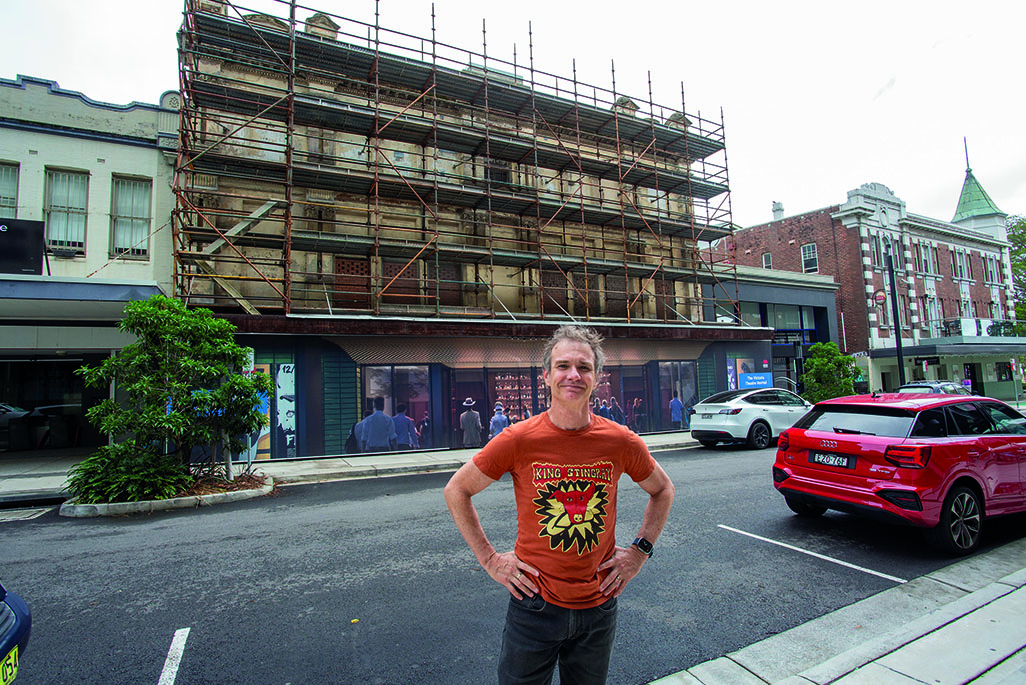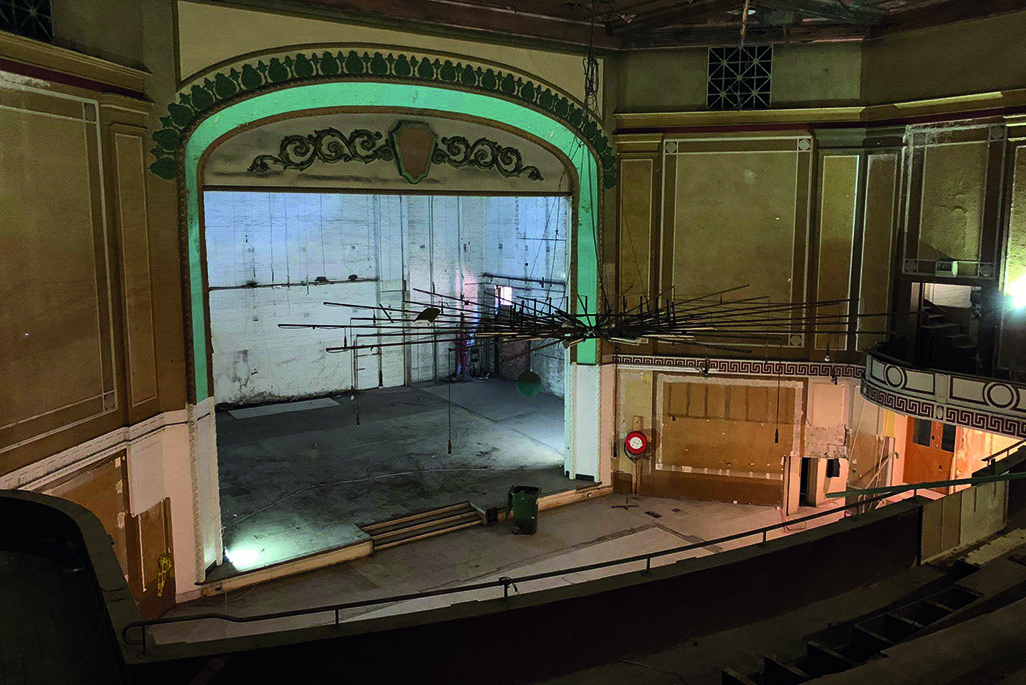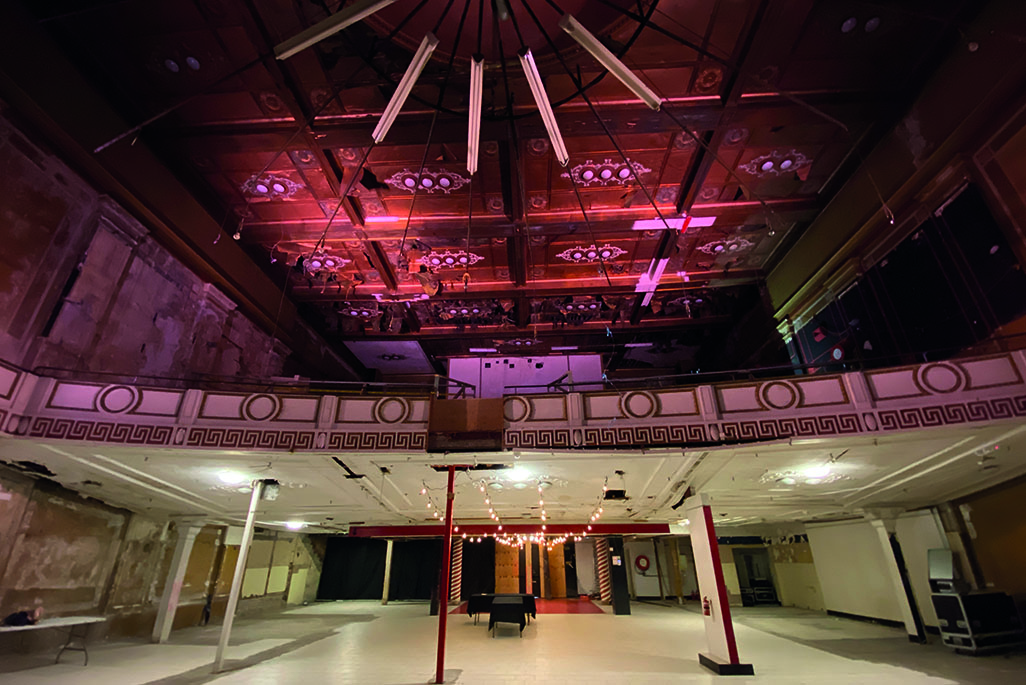
Victoria Theatre: The Palace of Dreams
Newcastle’s iconic and heritage-listed Victoria Theatre is about to embark on her glorious second act.
Novocastrian dreams of seeing the iconic ‘Mighty Vic’ again open to live performance are edging closer with work about to commence on repairs to the façade of the 134-year old building.
However, the heritage-listed Victoria Theatre that we see today is the second Vic on the Perkins Street site.
The original Victoria Theatre was built in 1876 but completely rebuilt in 1890 with an audience capacity over three levels of around 2000 people and is now the oldest surviving theatre in NSW.
When The Vic re-opened, she featured a first-class hotel at the front of the building on Perkins Street and the most advanced theatre technology of the time, offering a stage with a massive 40’ x 60’ floor – bigger than any Sydney theatre provided at the time and almost as large as Newcastle’s Civic Theatre – and the tallest surviving fly tower in Australia.

In The Limelight
It’s believed The Victoria had no electricity supply until the 1920s when the Hunter Street trams were electrified. Theatre technicians would illuminate the stage with limelights – lamps containing chemical compounds lit from wicks on long poles igniting the chemicals that would glow with different colours according to the chemicals used.
The Vic are still used in theatres today, including the huge fire curtain and the 36 lines in the fly tower to manipulate staging and backdrops.
Victoria Theatre Project Manager, Daniel Ballantyne, acknowledges that over the past few years, many researchers from the University of Newcastle have done a lot of work to uncover more of the history of The Victoria and what the theatre may have looked like in its heyday.


“We owe a great note of thanks to people like Associate Professor Gillian Arrighi and her cohort. Their detailed investigations and 3D modelling revealed not only what the theatre looked like when it opened in 1891 but the stage technology that was incorporated in the back of house area,” said Daniel.
“This work really showed what it might have been like to work in and operate the theatre at the time. Newcastle was a very international city and remains so, but in particular, in the 1890s the links to the United States were very close. Shipping was direct and a lot of the things that were incorporated in The Victoria were state of the art in the US.”
Read the full story in our Autumn Edition of Hunter & Coastal Lifestyle Magazine or subscribe here.
Story by Carol Duncan.

